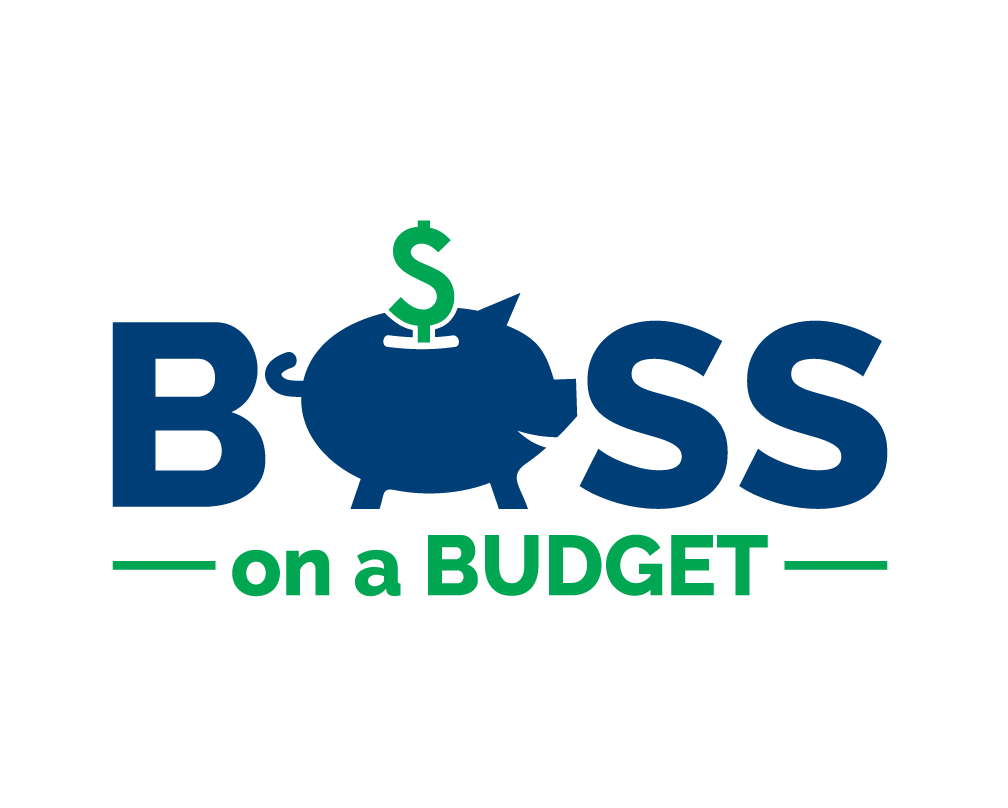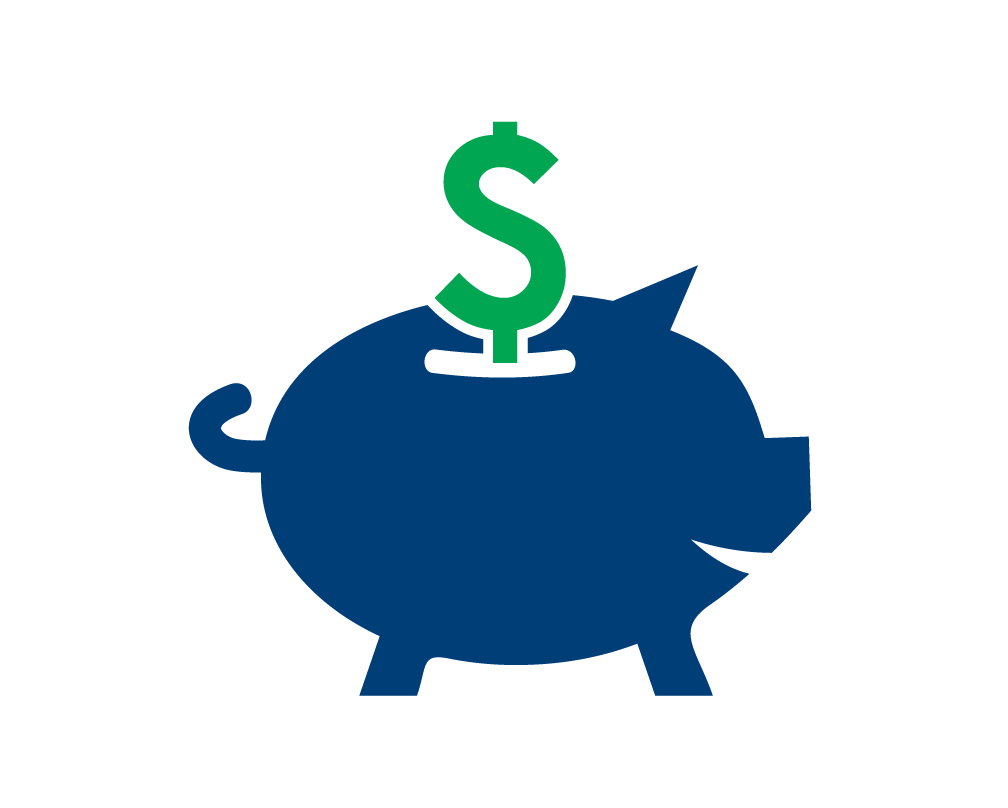The 7 Items Your Nonprofit Must Have for Every Grant Application
Completing a grant application can feel like an incredible feat. You’ve crossed every t, dotted every i, proofread until your eyes crossed, and checked everything off your list. The feeling of release when you hit “submit” can be downright euphoric. If you've been through the process, then you understand the stress of submitting a grant application. There are plenty of tips that experienced nonprofit staff and grant writers will tell you about executing your proposal. They can be whittled down to this: start early and stay organized. One of the most frustrating experiences is having a complete grant application that is derailed by a minor missed detail. Being organized can pay off in huge ways.
A large portion of the grant submission process should be completed before you begin the application. There are standard documents that almost every funder will ask for. It is to your advantage to keep these items in a designated folder that all pertinent staff can access to download and/or update. These documents typically include your organization's overall strategy, staffing, and qualifications, and are very useful to refer to when writing your proposal. Below is a quick guide to those 7 common grant application items you should have before you start any grant application.
1. Vision & Mission Statements
A nonprofit with no stated vision and mission is like a chicken with its head cut off; though it may still be moving, it is floundering with no particular direction. Funders do not want to finance a random set of ideas, funders want to finance a solid plan. Every funder needs to know your vision and mission, simply because they want to know if your values align with theirs. Your vision declares the state of your target population if you successfully achieve your organizational goals, and the mission details who you're serving, how you're serving them, and why you're serving them. Your vision and mission should be a part of your strategic planning process or continuous quality improvement, which should be conducted annually, at a minimum. They should not change much from year to year, but should be evaluated at least yearly to make sure program goals and initiatives align well.
2. Tax-exempt status and incorporation documents
These are typically documents that you don’t think about until you need them. Similar to the title to your car or deed to your house, they’re incredibly important and represent your official status but are often locked away or forgotten about. One of the main requirements for receiving grant funding is your tax-exempt status and proof that you are a legitimate business. Save and store any incorporation papers filed with the state, your articles of incorporation, your tax-exempt status acceptance letter and number, and any other important documents you submitted when creating your business. Word to the wise: If you’re not sophisticated enough to have secure and private servers for your nonprofit yet, sign up for a cloud storage account (e.g. Dropbox,) scan and save these documents in a central folder that you can refer to easily.
3. Financial statements
The most important aspect of your nonprofit planning and development is by far maintaining your financial systems. At a minimum, every nonprofit is required to complete a 990 tax form to report your earnings for the year. The 990 form is a publicly available document that details your organization's activities for the year which includes your mission, board of directors, a record of compensation to staff and board of directors, revenue, expenses, balance sheet, net assets, and other details about your nonprofit’s accounting practices. Even foundations have to fill out 990 forms. Many funders will ask for financially audited statements to be submitted with your grant package. The audit must be done by an independent auditor and can be costly (often in the thousands). The audit is an intensive process where your organization’s financial statements are reviewed to determine if they adhere to generally accepted accounting principles or “GAAP”. It includes an examination of the financial records, accounts, business transactions, accounting practices, and internal controls. Some states require that nonprofits complete fiscal audits every year, while other states have stipulations based on the amount of revenue earned in the year. If the audit is cost prohibitive to your organization, you might consider negotiating with the funder to determine if a less prohibitive process can replace a full audit. Visit the Council of Nonprofits for more information on financial audits.
4. Staff Resumes and Bios
This is the time to show off your greatest asset: your people. If you don’t have the financial resources, strategic partnerships, or loads of revenue, you can shine through by detailing your staff’s qualifications. If there are staff with expertise in a program model, have been trained in certain evidence-based practices, have a degree or a special certification, have years of experience working with your target population, or are well connected in the field, this is the time to flaunt as much as possible. Tastefully, of course. No need for everyone to have 10 page resumes that clog up your grant application. Remember to find any possible connection your staff may have with what’s most important to your funder. Use staff bios as a starting place, but be sure to tailor some of the language to fit the grant’s guidelines or the funder’s interests. Make sure those strengths are front and center; and note that the strengths for each grant application most certainly may be different. Staff should update their resumes and bios at least annually, dare I say quarterly! There are plenty of trainings, presentations, publications that fly by that are difficult to remember at the end of the year. Encouraging staff to update their credentials quarterly may also provide motivation to pursue more professional development opportunities which is a win-win for staff and for the organization.
5. Board list
Board members are the financial trustees responsible for steering and monitoring your nonprofit. By law, they have certain financial responsibilities and must work to ensure that the nonprofit holds to ethical and legal standards of conduct. They also work to select the director of the organization and work in conjunction with that person to follow the plan set forth by the organization’s leadership. Funders will want to see a list of your Board members because #1, having a board is required by law. A list of board members can help clue in a funder to the health of your organization. It is helpful to go beyond the list, however. Board members are strategically placed on your Board for the skill sets they possess and the potential for contacts to secure partnerships and funding. Each person should be chosen to play a specific role that helps further the overall goals of the organization. When you’ve thought strategically about your Board, it shows that your organization is invested in sustainability and is proactively working to maintain its status, with or without the potential grant award.
6. Organization Accomplishments and Outcomes
Whether you’ve just been completely oblivious in the nonprofit world over the past 20 years, you may have noticed the huge focus on accountability. Long gone are days where we can say, “I think this program works”, or “my client seemed to enjoy/learn/change”. We now must have empirical data to back up those statements. When you get the question, “what do you do?”. Instead of a vague, “we feed people”, you should be able to say, “each week we provide meals to over 600 people in 2 geographic locations”. Having relevant and compelling data can help further any story you’re trying to tell. It gives weight to something that a person may not have paid attention to before. Data collection should be embedded into your organization’s practices. Whenever appropriate you should be collecting data on who you’re serving, when you serve them, why you’re serving them, and how you’re serving them. You should continuously review your data and use it to create conversation and change in your organization. Staff and board members should also feel connected to the data and be comfortable using it to advocate for the organization as well. That way, when a funder is deciding between your organization and another organization, you can cite real data to edge you above the rest.
7. Client Feedback/Stories
It’s clear that people respond more positively to stories they can relate to or they can empathize with. Studies have shown that people respond more positively to your message when storytelling is used. Your program’s effectiveness can be imminently more compelling if told through the eyes and perspective of your clients. When used tactfully, storytelling puts your reader in the mind of the people your nonprofit impacts, and can do more than any well-written narrative in a grant application. In the world of funders, it’s easy to forget the point of it all: that they are funding to change lives. The humanity of the work can get lost in the numbers and reporting, so it’s important to elevate the conversation to include the people who are being impacted. If you haven’t already, set up a system to gather client feedback. Administer feedback surveys, conduct exit interviews, or hold focus groups with your clients. These data can be collected at any time you work with a client - before, during, or after. Using real stories makes your application more authentic and assures funders that you are well connected with your target population and your community. The more connected you are with your target population, the more likely your program will be successful.
Keep fighting in your quest to conquer procrastination and to stay organized! If you are looking for other ways to organize your grant writing process, access our free proposal work plan which is an easy framework for dividing tasks for a proposal request. Copy and paste the template to begin use.



